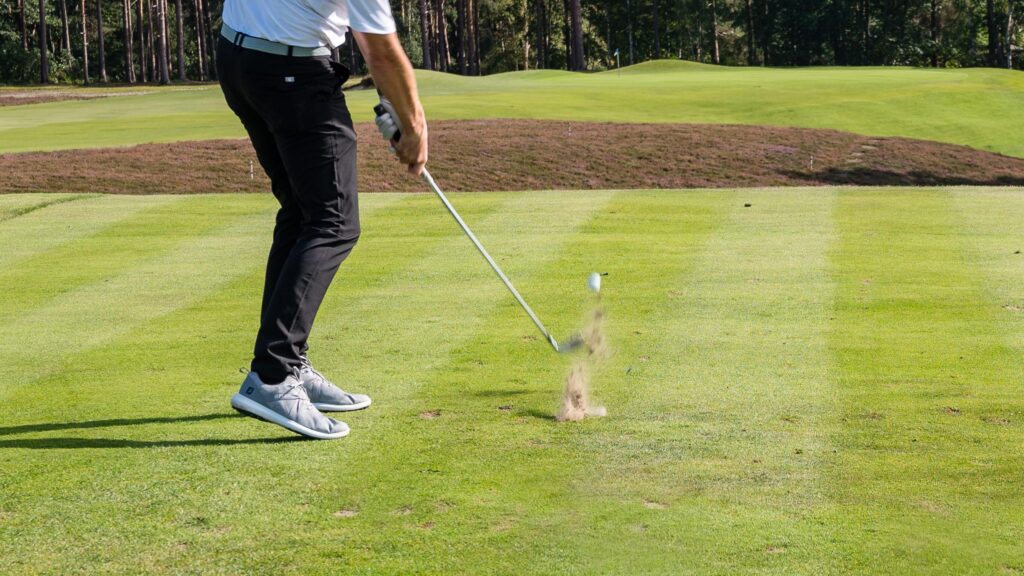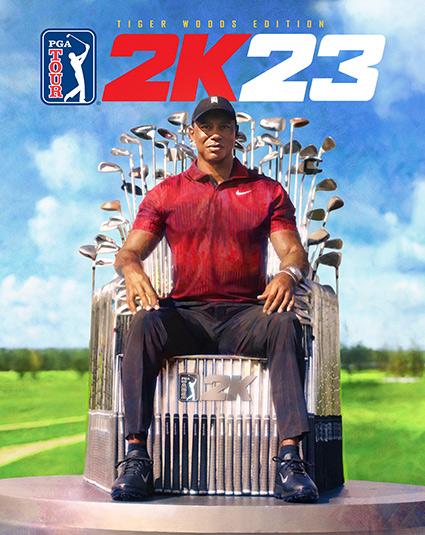Golfers struggling with fat iron shots are all too familiar with the frustration of poor contact and lost distance. This common issue, which can derail even the most promising rounds, has prompted instructors to develop targeted lesson plans aimed at diagnosing and correcting the underlying faults. In this article, we explore a comprehensive “Fixing Your Fat Iron Shots” lesson plan designed to help players of all levels improve their ball striking, enhance consistency, and ultimately lower their scores. By breaking down swing mechanics, address setup, and practice drills, this lesson plan offers actionable solutions to one of golf’s most persistent problems.
Understanding the Root Causes of Fat Iron Shots and How to Identify Them
Fat iron shots are a common issue that plagues golfers of all skill levels, often resulting from several underlying faults in technique or setup. Typically, these shots occur when the clubhead strikes the ground before making contact with the ball, causing a loss of distance and poor ball flight. Key factors include a ball position that is too far back in the stance, improper weight distribution favoring the back foot, or an overactive downward swing path that digs into the turf prematurely.
Identifying the root causes requires careful observation and drill practice. Look for these telltale signs on your shots and setup:
- Chunked divots: Large turf removal before impact indicates the club is hitting too low.
- Heavy turf marks: Excessive turf scars close to the ball suggest poor ground contact.
- Ball flight characteristics: Shots flying lower than normal or reduced carry distance are classic symptoms.
- Posture and stance: Check if your spine angle collapses or the weight shifts backward at address.
| Cause | Indicator | Correction Tip |
|---|---|---|
| Ball Too Far Back | Thin or fat shots | Move ball slightly forward in stance |
| Weight on Back Foot | Loss of power | Shift weight to front foot at impact |
| Overactive Downward Swing | Chunked divots | Focus on sweeping the ball instead of digging |
Proven Drills and Techniques to Eliminate Fat Shots and Improve Your Iron Play
One of the most effective methods to correct fat iron shots involves focusing on weight distribution throughout your swing. Start by positioning your weight slightly forward, favoring your lead foot. This adjustment ensures the clubhead strikes the ball before making contact with the turf, drastically reducing mis-hits. Additionally, incorporating drills that emphasize a shallow, sweeping angle of attack can train your muscles to avoid digging too deep into the ground.
Consider the following routine to engrain these techniques:
- Step 1: Practice half swings with a tee ball placed just ahead of center to promote downward contact.
- Step 2: Use alignment sticks to monitor and maintain the proper weight shift during the backswing and downswing.
- Step 3: Execute slow-motion swings to develop consistent tempo and feel the difference in strike quality.
Beyond weight and swing path, improving your impact position is crucial. Maintaining a slightly forward shaft lean at impact compresses the ball effectively, leading to cleaner strikes and enhanced distance control. The table below summarizes common faults and their corresponding fixes:
| Common Fault | Cause | Solution |
|---|---|---|
| Fat Contact | Weight too far back | Shift weight forward onto lead foot |
| Early Release | Loss of shaft lean | Focus on maintaining forward shaft lean at impact |
| Chunky Divot | Steep attack angle | Practice shallow, sweeping swing path |
The Conclusion
In summary, mastering your iron shots requires attention to technique, consistent practice, and an understanding of common pitfalls that lead to fat shots. This lesson plan offers golfers a structured approach to identifying and correcting these errors, ultimately improving accuracy and distance control. By applying these strategies, players can expect to see meaningful progress on the course, turning frustration into confidence with every swing. Stay tuned for more expert insights and practical tips to elevate your game.








